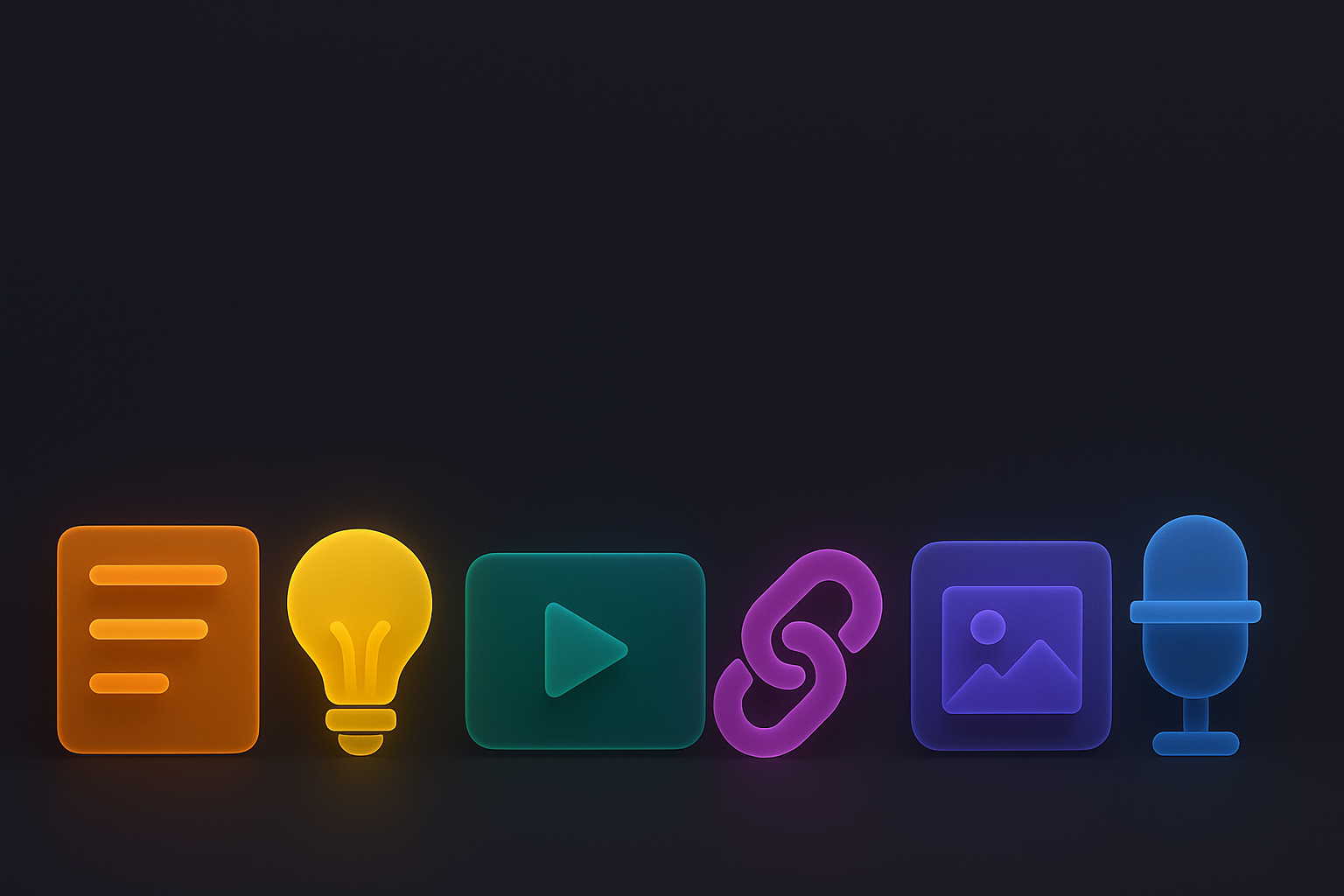In the intricate world of game development, understanding the distinct roles of each team member can feel overwhelming. It's not uncommon for newcomers and even seasoned professionals to question which of the following team members would not be involved in the design of gameplay. This question opens a discussion about the specialization within game design and helps clarify how various disciplines contribute toward building a successful game.
You’ll learn:
- Key roles in game development teams
- Who is directly responsible for gameplay design
- Team members who typically aren’t involved in gameplay design
- How each role contributes to the final product
Understanding Game Development Roles
At the outset, it's crucial to dissect the structure of a typical game development team. The team is usually comprised of several categories of professionals, each with a specialized focus designed to cater to different aspects of game creation.
Designers
Designers, and in particular, gameplay designers, are directly responsible for creating the rules, structure, and systems that will define the user's experience. They work on mechanics, level design, and in crafting the storyline, ensuring every element works together to create an engaging experience.
Artists
Artists contribute similarly to the visual and aesthetic components of the game. They can split into further roles such as character artists, environment artists, and concept artists, all of whom focus primarily on translating ideas into visual content.
Programmers
Programmers write the code that underpins every aspect of the game, ensuring that the design plans set out by the gameplay designers are feasible from a technical perspective. They turn ideas and concepts into a functioning, interactive format.
Sound Engineers
While sound engineers are crucial to creating an immersive game experience, defining gameplay is not within their typical remit. These professionals focus on the audio components, such as music, sound effects, and voiceovers, which elevate the atmospheric and emotional quality of the game.
Producers
Producers are involved in the administrative side, managing timelines, budgets, and ensuring that the project adheres to scheduled milestones. They coordinate between the various departments to maintain steady project progress.
Who Is Not Involved in Gameplay Design?
When considering which of the following team members would not be involved in the design of gameplay, certain roles stand out:
-
Human Resources Personnel: Essential for hiring the right talent and maintaining workplace culture, HR professionals do not directly influence gameplay design. Their role is organizational rather than technical or creative in this context.
-
Marketing Specialists: While they are crucial in positioning the game in the market and developing strategies to attract and retain users, marketing specialists focus on post-development phases rather than on gameplay design.
-
Legal Advisors: Ensuring compliance with laws and regulations, licensing, and handling intellectual property issues, legal advisors operate in a consultative capacity, distinct from the creative and developmental process of game design.
Contribution of Each Role
While these roles may not directly contribute to gameplay design, their work is indispensable in the broader game development sphere. Understanding what each team member brings to the table can illuminate why their indirect contributions are just as pivotal to the successful execution of a game project.
-
HR's Role: By managing talent acquisition and retention, HR ensures the team functions smoothly and can focus on their specific responsibilities without distractions linked to personnel issues.
-
Marketing’s Influence: Despite their lack of involvement in gameplay design, marketers often provide invaluable feedback from focus groups and market analysis that can indirectly influence design tweaks and iterations.
-
Legal’s Input: Preventing legal setbacks allows the creative team to focus on design without diversion from potential legal conflicts, ensuring that the gameplay aligns with industry standards and regulations.
Frequently Asked Questions
Q1: How does a Producer influence gameplay design?
- Producers may not be directly involved in creating gameplay mechanics but play a pivotal role by facilitating communication among team members and ensuring that gameplay designers have the resources needed to execute their ideas effectively.
Q2: Can a Programmer contribute to gameplay ideas?
- Absolutely. While programmers primarily focus on coding, their understanding of the technical possibilities can provide important insights into what is feasible, sometimes sparking creative ideas for gameplay design.
Q3: Are Testers involved in gameplay design?
- Testers play a critical role in validating game design by highlighting bugs and potential gameplay issues. While they don't create gameplay, their feedback is crucial in refining and optimizing the experience.
Conclusion
In sum, understanding which of the following team members would not be involved in the design of gameplay helps streamline project roles and set clear expectations during game development. While creative roles like designers and artists primarily shape gameplay, support roles such as HR, marketing specialists, and legal advisors ensure the environment for creativity to thrive is well-managed and compliant. These distinctions enable better project management and more efficient game development processes, ultimately leading to successful and engaging games that captivate their audience.
Bullet-Point Summary
- Gameplay Designers: Directly create gameplay mechanics and structure.
- Artists: Focus mostly on visual elements, complementing design indirectly.
- Programmers: Transform design plans into interactive code.
- HR, Marketing, and Legal: Not involved in gameplay design but provide crucial support.
By understanding each role, game development teams can become more cohesive, more productive, and ultimately more successful in creating compelling gaming experiences.

Comments are closed